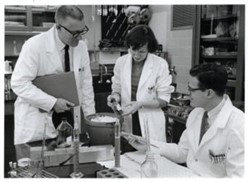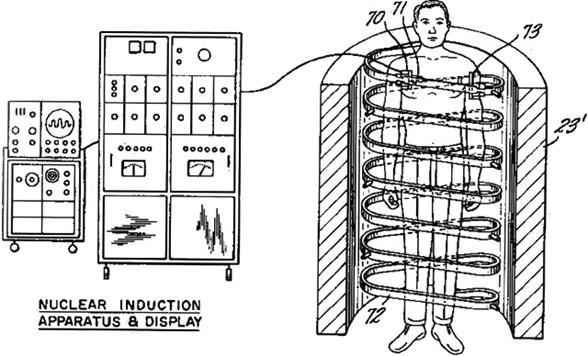What is Disease: Investigating a Global Mystery
- Home
- Pandemic!
- Special Exhibitions
- What is Disease: Investigating a Global Mystery
Whodunnit? The culprit is disease.
Disease is complicated. We often think of disease as an illness like a cold. However, while disease affects individuals on a very personal level, during global pandemics, disease permeates every aspect of life from the economy to the local picnic. It is undeniable that disease is a great mover of history. Disease is an omnipresent and active agent, fueling everything from extinctions to innovations.
The Case Problem
The spread of a new disease is comparable to a mystery. The names of the diseases and treatments might be different, the backgrounds of the characters are varied, and the setting takes place in different times and different places. But the story is still the same. The terrifying story of a pandemic that starts with the realization that you are one of many victims that are spread across the country and the world. In any good mystery the detectives solve the case; in our mystery that task falls to researchers. Armed with only the tools of science, these researchers face the challenging process of understanding new diseases before they can close the case.
Solving the Mystery
One of the major challenges detectives of disease face is that no two diseases are exactly alike. Subsequently, the ways we learn to live with diseases are also distinct. One major distinguishing factor between diseases is their duration. Many diseases, ranging from the common cold to the bubonic plague, are short-term in nature. While the effects may be devastating, the duration of illness is brief, and long-term debilitating aftereffects are uncommon. On the other hand, diseases such as Polio and AIDS can last years and leave their victims permanently disabled. These long-term illnesses often carry a stigma that their short-term counterparts lack, for instance the idea that AIDS is a gay disease. In these circumstances social movements emerge to address the stigma attached to the disease. One of the best examples of this is the Gay rights movement which was fueled by the AIDS crisis.
Despite differences in disease, the scientific process of understanding disease is consistent. Disease starts in a place of unknown (would it be a mystery if it didn’t?). In many cases this incites fear. From this point efforts are made towards understanding how the disease spreads and how to stop transmission. After initial steps are taken towards prevention, the focus shifts towards finding a cure or reliable method of prevention such as a vaccine.
Disease on Trial: Witnesses to the Crime
“What’s true of all the evils in the world is true of plague as well. It helps men to rise above themselves.”1 This quote, taken from John M. Barry’s The Great Influenza, reflects this ability of disease to shape the course of history. Disease creates the opportunity for humanity to better itself, whether it is on local, individual, or global scale. The accompaniment of every major disease with a development in a wide range of fields is one of the hallmarks of pandemics. These innovations occur in a variety of ways: from medical advancements, to cultural shifts, to personal growth.
Beyond the emotional, cultural, and material impacts that these pandemics share, one common thread created out of these diseases is the opportunity that was created for stories to come out of these events. Disease often plays a critical role in guiding the stories and climate of the world. The vacuum left by disease is often filled by the individuals who have lost someone close to them, who will not let them be forgotten. We are all witnesses of the culprit known as disease, and as such we are important in this mystery.

Researchers working with rubella antigen at the Laboratory of Viral Immunology

AIDS Coalition to Release Power (ACT-UP) protest outside FDA in Rockville Maryland in 1988.

The patent of the first MRI machine, 1974. MRI machines, originally designed to diagnose disease, has become instrumental in a variety of fields, such as psychology, today.
1 Barry, John M. The Great Influenza. (New York: Penguin Books, 2004), 314.
Figure 1: Hecht, Jerry. “Rubella Research.” National Institute of Health (U.S.) Division of Biologics Standards, 197-?. Online at the National Library of Medicine.
Figure 2: Unknown. “FDA History- AIDS Protest.” United States Food and Drug Administration, August 2010.
Figure 3: Damadian, Raymond. 1974. Damadian Invention. U.S. Patent 3789832, filed March 17, 1972. Issued February 5, 1974.

